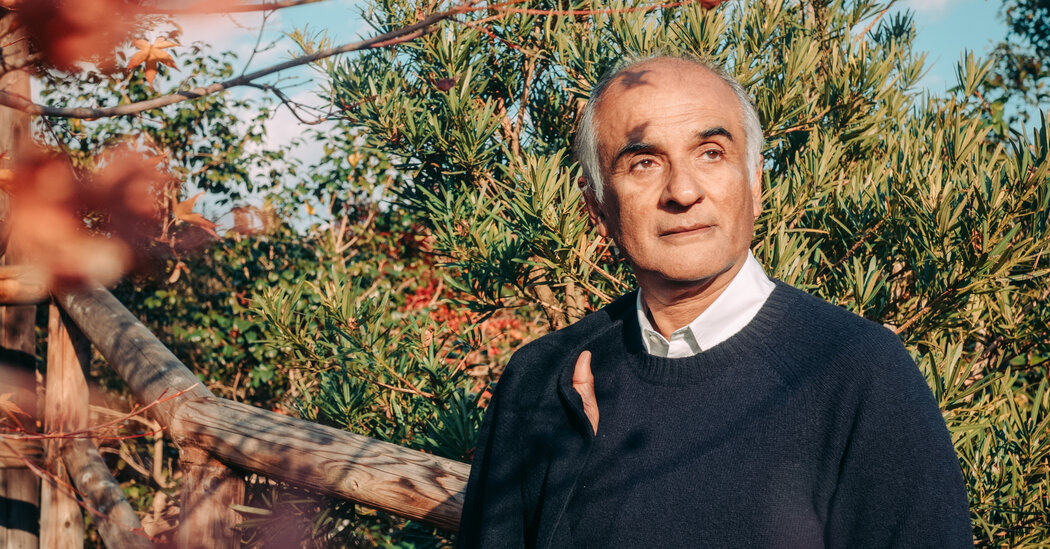The seeds of “Aflame” are scattered throughout Iyer’s earlier work, but there were reasons he felt compelled to revisit the subject now, he said. When he first wrote about the monastery, in 1993, he wanted to reflect on the importance of stepping “outside the clamor,” of collecting oneself and remembering what’s important. Now, in the age of smartphones and social media, this is even more true, he said.
“The external world is so intense now,” he added, “that the internal almost gets drowned out.”
There was also the matter of the monks themselves. Iyer formed lasting bonds with many of them, and now some are aging and dying, a way of life vanishing with them. Iyer was keen to capture them as they are: not saintly or dogmatic, but down-to-earth, prone to doubt and sly humor. They were more than willing, he said, to share their “brokenness and humanity” with him.
Most of all, though, the monastery is threatened by the natural world, by the storms and wildfires that periodically ravage the California coast. As his “tower of notes” grew, Iyer said, the effects of climate change made the book even more pressing. In 2008, as he was evacuating his own rebuilt house, the Big Sur hermitage was encircled by fire. He sought out another monastery nearby. Before the year was out, it had burned down.
Fire, as the title suggests, provides a central motif of the book and a parable about the precariousness of existence: While the monks struggle to keep the flame of passion alive within, wildfires from without threaten to engulf them and destroy everything. There is no safe haven — all can turn to ash.
“The sacred is not a sanctuary,” Iyer writes, “it’s a force field. In many ways a forest fire.”
